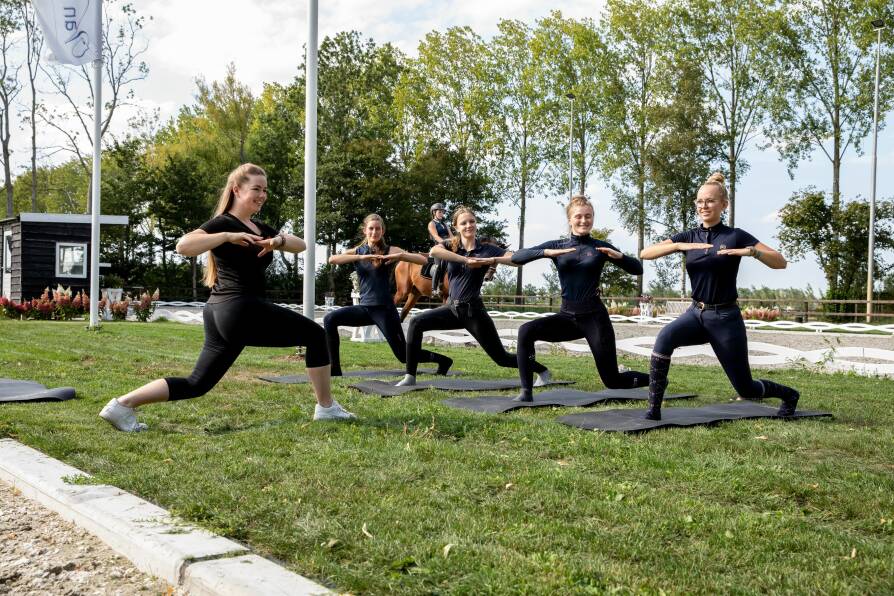Advertising

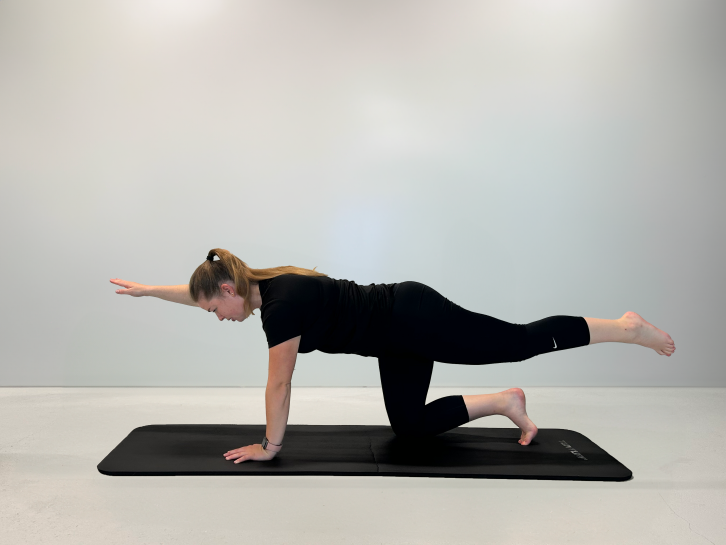
Exercise #5:
Bird dog
Repeat for 2-3 sets of 45-60 seconds
This exercise might seem easy, but if you focus on forming a straight link from hand to heel, with a neutral spine/pelvis and leveled hips, it takes quite some coordination and core stability to perform the exercise with the right form and technique. Make sure you go slow and steady and check your form in the mirror.

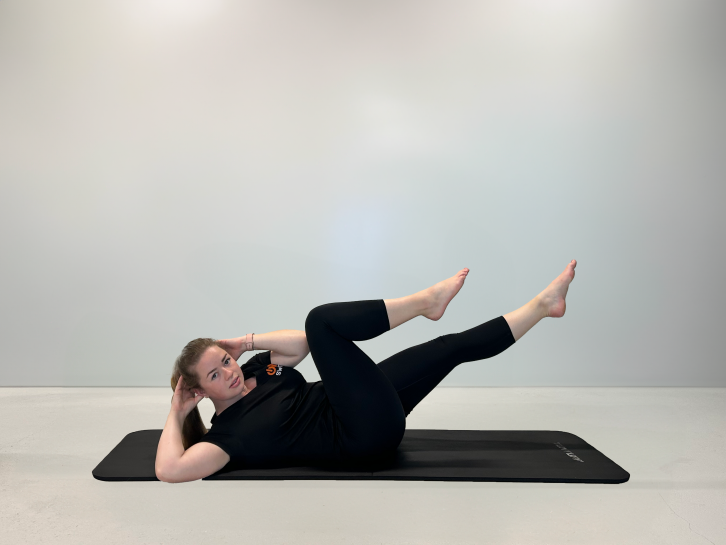
Exercise #4:
Bicycle crunch
Repeat for 2-3 sets of 30-45 seconds
This exercise also focuses on the coordination and symmetry of the (oblique) core muscles. The rotation in the torso simulates the (independent) rotation of the shoulders of the rider in the saddle.


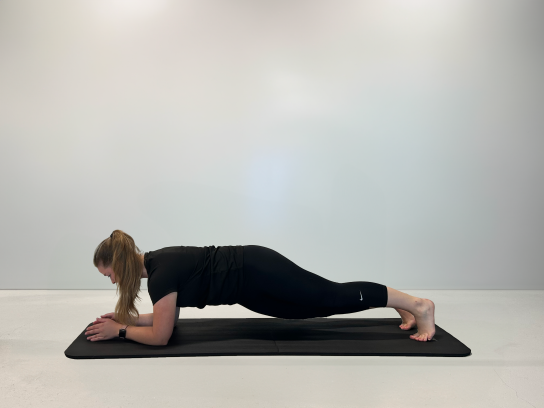

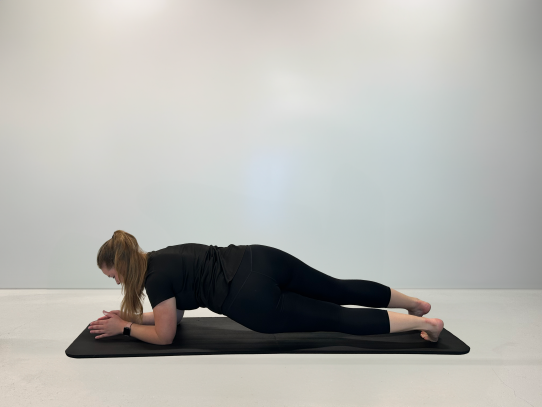
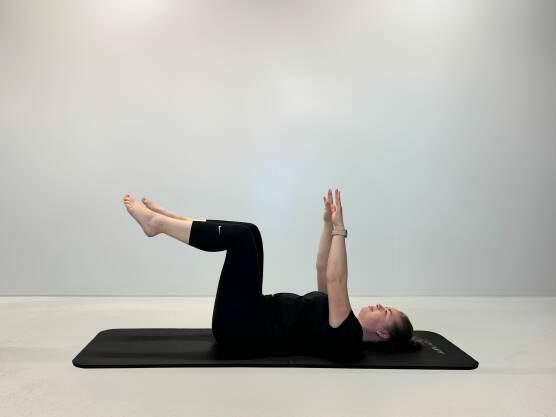
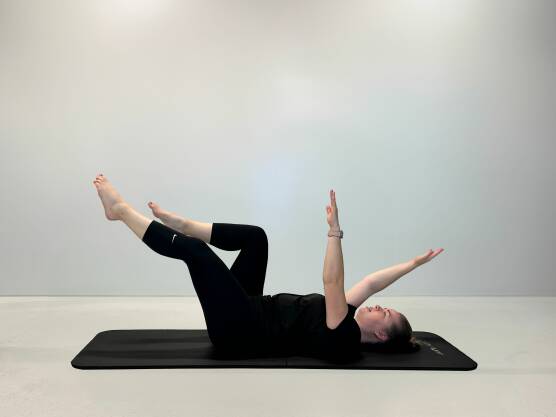

If you want to work more on your core stability, One Switch has an online training platform with several workouts to improve your core strength and other rider specific skills. With the code MT25 you can get a 25% discount on a Pro-membership. Visit their website for more info!
Exercise #3:
Back extension
Repeat for 2-3 sets of 30-60 seconds
This exercise works on back strength, especially the lower back. Lower back complaints are quite common among riders. With this exercise, these muscles are strengthened, and the rider learns how to consciously contract and relax these muscles, which supports body awareness and prevents dominance of the lower back muscles compared to the abdominal muscles.
Exercise #2:
Plank with hip rotation
Repeat for 2-3 sets of 30-60 seconds
Most riders have a preference when it comes to “steering” the horse (right or left hand). This preference is related to the hip rotation preference of the rider. This preference can be diminished with this exercise. Also, dynamic core strength is an important skill to be able to have a deep seat.
Exercise #1:
Dead bug
Repeat for 2-3 sets of 40-50 seconds
This exercise helps the rider to practice his coordination. Most of the time, we have a preference in coordination and strength of one diagonal (arm + leg combination). This translates into asymmetry in the core muscles as well. With this exercise, this asymmetry can be improved significantly.
Besides training and planning the programs, the 27 years old Janneke den Otter is also the face of the company, One Switch. She is present in all the photos in this series of eight articles and guides the videos that the QR-codes link to. Janneke has a psychological education as well as a personal trainer degree.
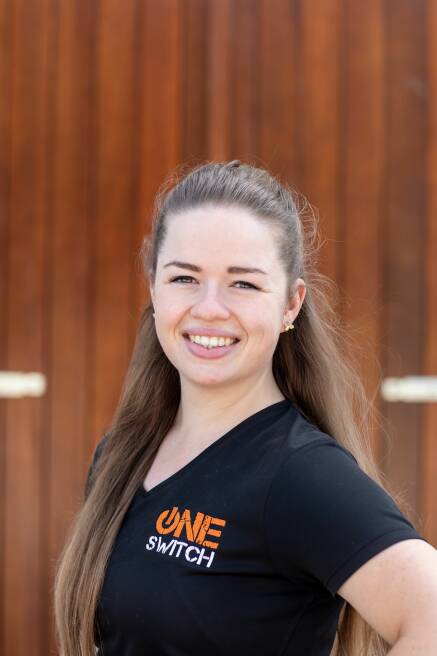
Better rider mobility may help with:
Balance and posture: A strong core helps riders maintain an upright and balanced posture in the saddle, which is essential for effective riding and to prevent falls.
Control and communication: Core strength allows riders to better control their movements and communicate with the horse through their seat, legs, and reins. A strong core enables riders to have an independent seat, meaning they can move different parts of their body without interfering with the horse's balance or cues.
Injury prevention: A stable core can help prevent injuries by reducing the risk of being thrown off the horse during unexpected movements or spooked reactions from the horse. Also, it diminishes the imbalances between left and right oblique muscles and lower back and abdominal muscles, which decreases the risk of injuries caused by muscle hypertension. In showjumping and eventing riders, strong core muscles absorb the impact on the spine during landings, which prevents injuries of the spine.
Better transitions: Core stability helps the rider in smooth transitions between gaits and movements, ensuring a more comfortable ride for both the rider and the horse.
Improved confidence: Knowing that they have a strong core and stable seat gives riders confidence, which can positively impact their overall riding experience.
In summary, core stability is a fundamental aspect of riding for horse enthusiasts. It not only enhances performance but also contributes to safety, balance, and overall riding enjoyment. Riders who prioritize core strength will likely find themselves more skilled and confident in the saddle.
When performing these exercises, be aware that you might feel differences between left and right. If this is the case, spend a little more time on the side that feels weaker. This helps you to minimize the left-right differences and therefore also improves your symmetry, which is an important factor in developing a more balanced seat and communication with your horse.
By: Janneke den Otter. Photos: One Switch
Core stability will help you as a rider to improve the coordination, strength, and symmetry of your core muscles. Great core stability is essential for horse riders because it plays a crucial role in maintaining balance, control, and overall riding performance, which will improve both you and your horses’ experience of any ride. In collaboration with One Switch, we have listed a number of reasons why core stability is important, especially for horse riders.
Malgré Tout has spoken to the renowned Dutch company One Switch who specialises in equestrian vitality. They guide riders to improve their rider specific physical skills, such as mobility, coordination, symmetry, core strength and balance. They work with riders from different disciplines and levels, from recreational to Olympic. Their workouts and trainings are accessible and manageable for every rider no matter discipline and level.
This is the third article of eight in a series on rider exercises, helping you to become a better training partner for your horse.
- Core stability


If you want to work more on your core stability, One Switch has an online training platform with several workouts to improve your core strength and other rider specific skills. With the code MT25 you can get a 25% discount on a Pro-membership. Visit their website for more info!
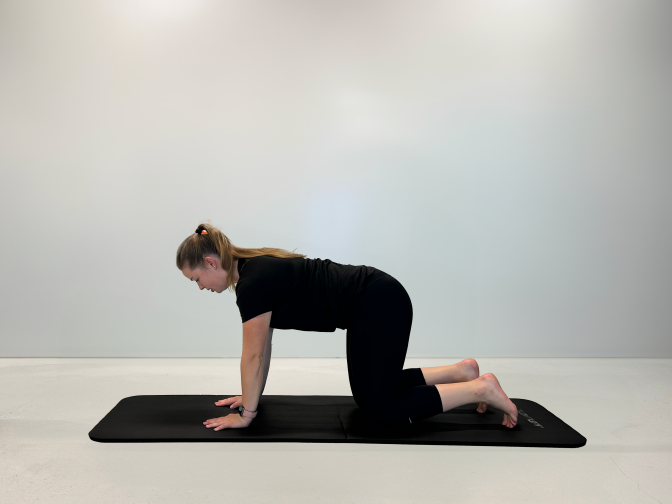
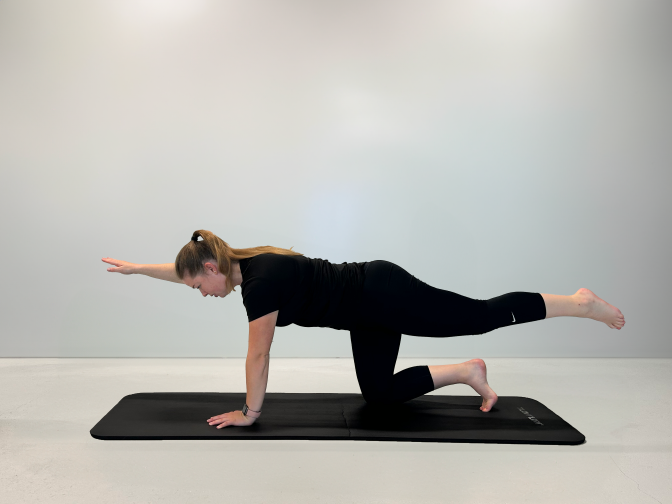
Repeat for 2-3 sets of 45-60 seconds
This exercise might seem easy, but if you focus on forming a straight link from hand to heel, with a neutral spine/pelvis and leveled hips, it takes quite some coordination and core stability to perform the exercise with the right form and technique. Make sure you go slow and steady and check your form in the mirror.
Exercise #5:
Bird dog

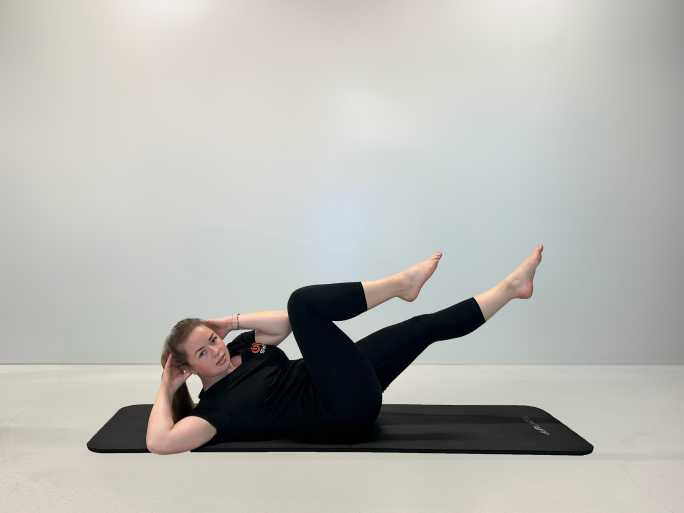
Repeat for 2-3 sets of 30-45 seconds
This exercise also focuses on the coordination and symmetry of the (oblique) core muscles. The rotation in the torso simulates the (independent) rotation of the shoulders of the rider in the saddle.
Exercise #4:
Bicycle crunch
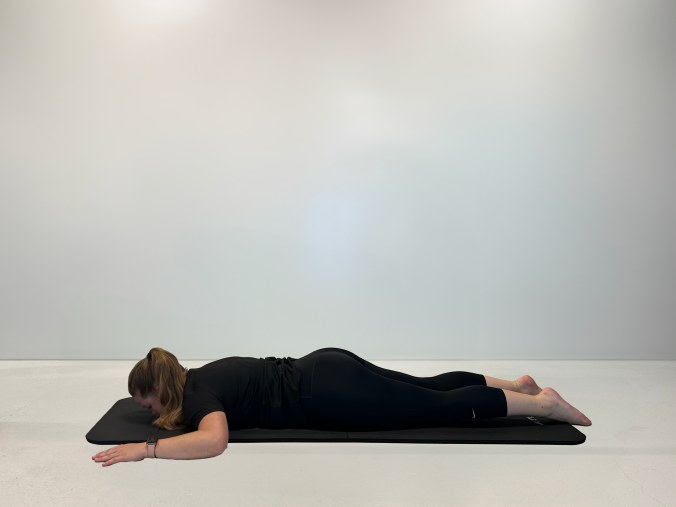
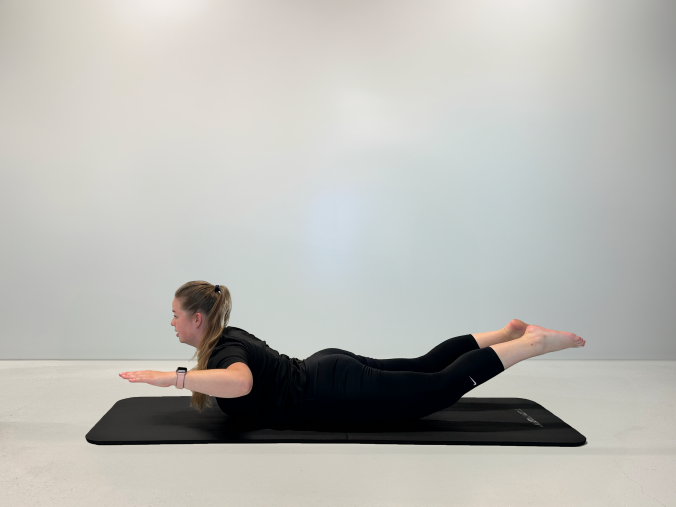
Repeat for 2-3 sets of 30-60 seconds
This exercise works on back strength, especially the lower back. Lower back complaints are quite common among riders. With this exercise, these muscles are strengthened, and the rider learns how to consciously contract and relax these muscles, which supports body awareness and prevents dominance of the lower back muscles compared to the abdominal muscles.
Exercise #3:
Back extension
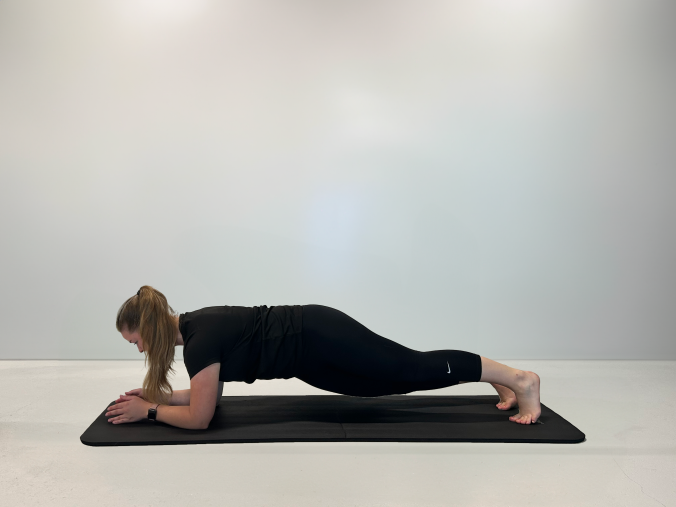

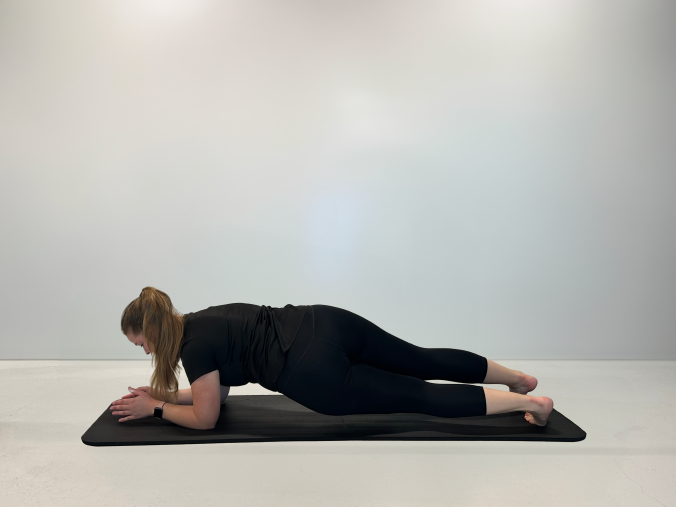
Core stability will help you as a rider to improve the coordination, strength, and symmetry of your core muscles. Great core stability is essential for horse riders because it plays a crucial role in maintaining balance, control, and overall riding performance, which will improve both you and your horses’ experience of any ride. In collaboration with One Switch, we have listed a number of reasons why core stability is important, especially for horse riders.
By: Janneke den Otter. Photos: One Switch
Repeat for 2-3 sets of 40-50 seconds
This exercise helps the rider to practice his coordination. Most of the time, we have a preference in coordination and strength of one diagonal (arm + leg combination). This translates into asymmetry in the core muscles as well. With this exercise, this asymmetry can be improved significantly.
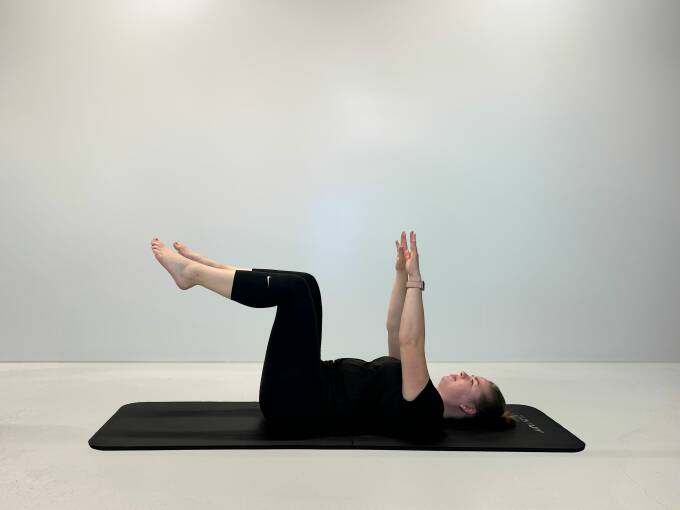


Repeat for 2-3 sets of 30-60 seconds
Most riders have a preference when it comes to “steering” the horse (right or left hand). This preference is related to the hip rotation preference of the rider. This preference can be diminished with this exercise. Also, dynamic core strength is an important skill to be able to have a deep seat.
Exercise #2:
Plank with hip rotation
Exercise #1:
Dead bug
Besides training and planning the programs, the 27 years old Janneke den Otter is also the face of the company, One Switch. She is present in all the photos in this series of eight articles and guides the videos that the QR-codes link to. Janneke has a psychological education as well as a personal trainer degree.
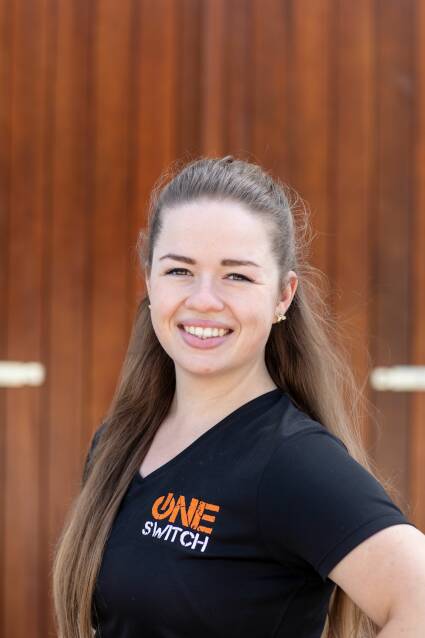
Better rider mobility may help with:
Balance and posture: A strong core helps riders maintain an upright and balanced posture in the saddle, which is essential for effective riding and to prevent falls.
Control and communication: Core strength allows riders to better control their movements and communicate with the horse through their seat, legs, and reins. A strong core enables riders to have an independent seat, meaning they can move different parts of their body without interfering with the horse's balance or cues.
Injury prevention: A stable core can help prevent injuries by reducing the risk of being thrown off the horse during unexpected movements or spooked reactions from the horse. Also, it diminishes the imbalances between left and right oblique muscles and lower back and abdominal muscles, which decreases the risk of injuries caused by muscle hypertension. In showjumping and eventing riders, strong core muscles absorb the impact on the spine during landings, which prevents injuries of the spine.
Better transitions: Core stability helps the rider in smooth transitions between gaits and movements, ensuring a more comfortable ride for both the rider and the horse.
Improved confidence: Knowing that they have a strong core and stable seat gives riders confidence, which can positively impact their overall riding experience.
In summary, core stability is a fundamental aspect of riding for horse enthusiasts. It not only enhances performance but also contributes to safety, balance, and overall riding enjoyment. Riders who prioritize core strength will likely find themselves more skilled and confident in the saddle.
When performing these exercises, be aware that you might feel differences between left and right. If this is the case, spend a little more time on the side that feels weaker. This helps you to minimize the left-right differences and therefore also improves your symmetry, which is an important factor in developing a more balanced seat and communication with your horse.
Advertising
Malgré Tout has spoken to the renowned Dutch company One Switch who specialises in equestrian vitality. They guide riders to improve their rider specific physical skills, such as mobility, coordination, symmetry, core strength and balance. They work with riders from different disciplines and levels, from recreational to Olympic. Their workouts and trainings are accessible and manageable for every rider no matter discipline and level.
This is the third article of eight in a series on rider exercises, helping you to become a better training partner for your horse.
- Core stability

